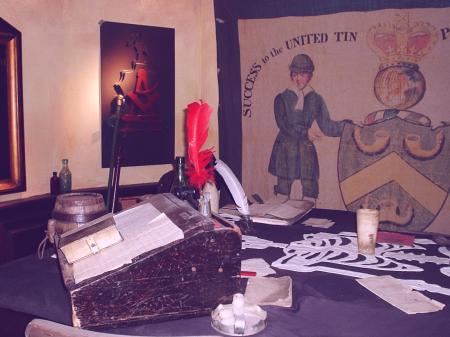
Formation and Organization
Medieval guilds were essential organizations that regulated trade and craft industries in medieval Europe. Formed by artisans and merchants, guilds controlled the practice of their craft or trade within a town or city. They ensured quality standards, set prices, and provided training through apprenticeships. Each guild operated with a charter that outlined its rules and privileges, often granted by local authorities.
Economic Functions
Guilds played a crucial role in the economic life of medieval towns. They managed the supply of goods, maintained price stability, and protected their members from external competition. Guilds also organized fairs and markets, which facilitated trade and commerce. The economic power of guilds allowed them to negotiate with town councils and influence local economic policies, contributing to the economic prosperity of their communities.
Social and Political Influence
Beyond their economic roles, guilds provided social support to their members. They offered assistance during illness, financial help in times of hardship, and supported the families of deceased members. Guilds also played a political role, participating in local governance and decision-making processes. Their influence extended to cultural and religious life, as they sponsored churches, charitable activities, and community events.
Conclusion
Medieval guilds were integral to the crafting and trade sectors of medieval Europe. Their economic, social, and political functions contributed to the stability and development of medieval towns, reflecting their importance in the fabric of medieval society.